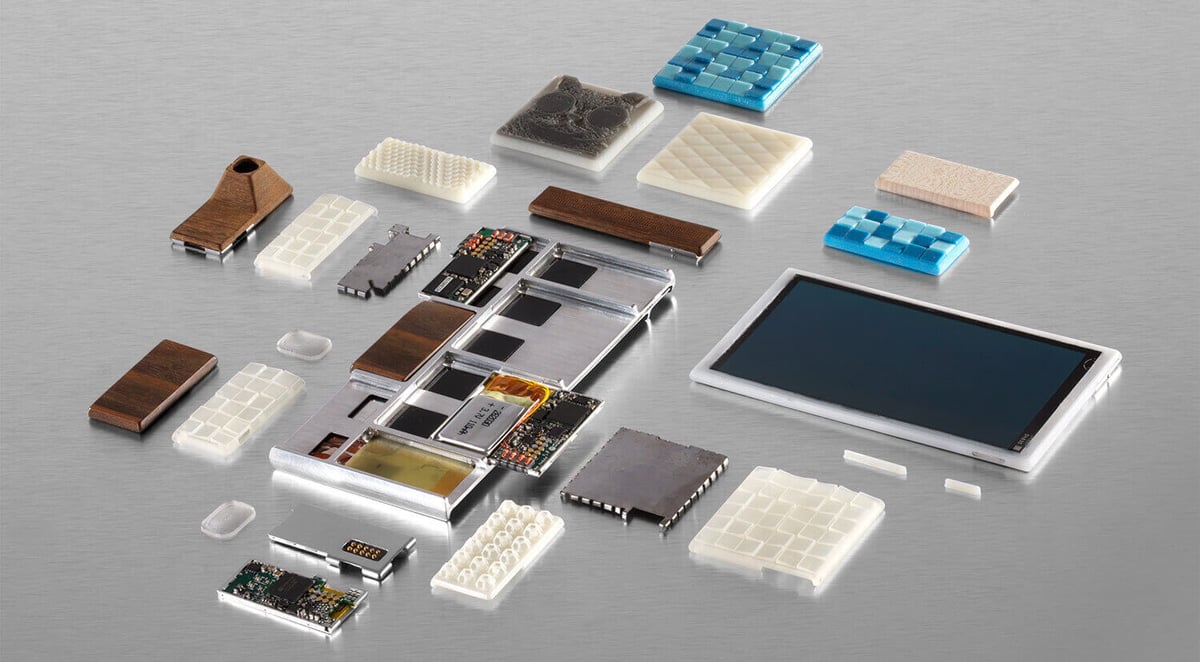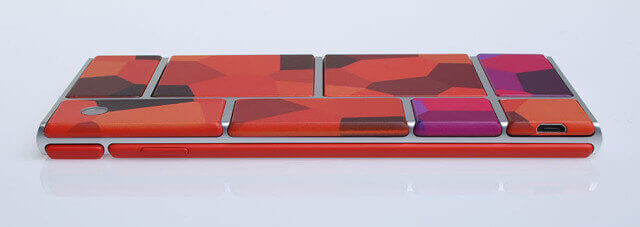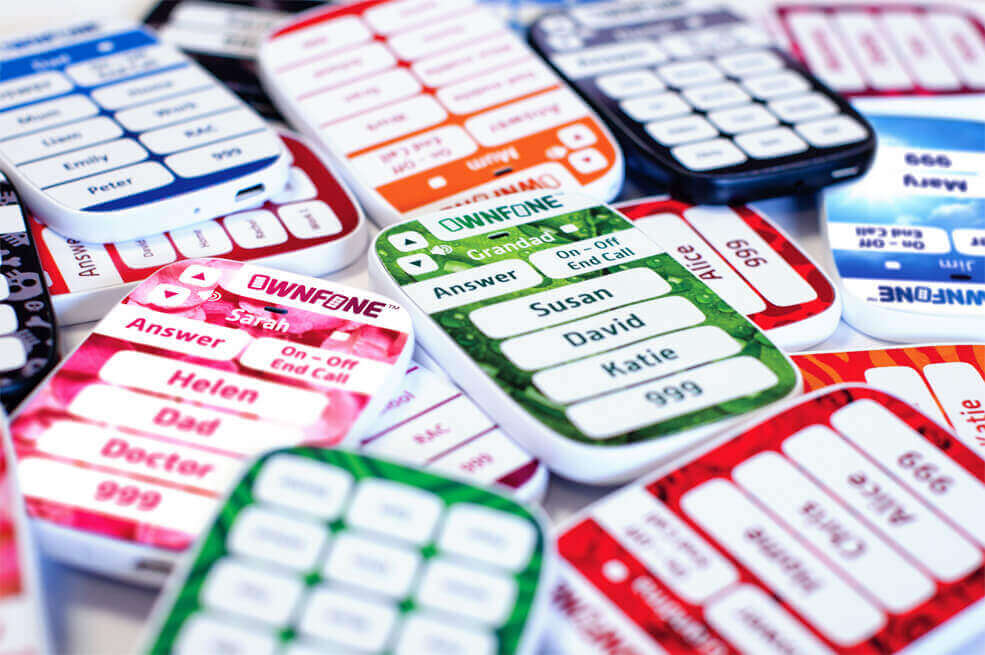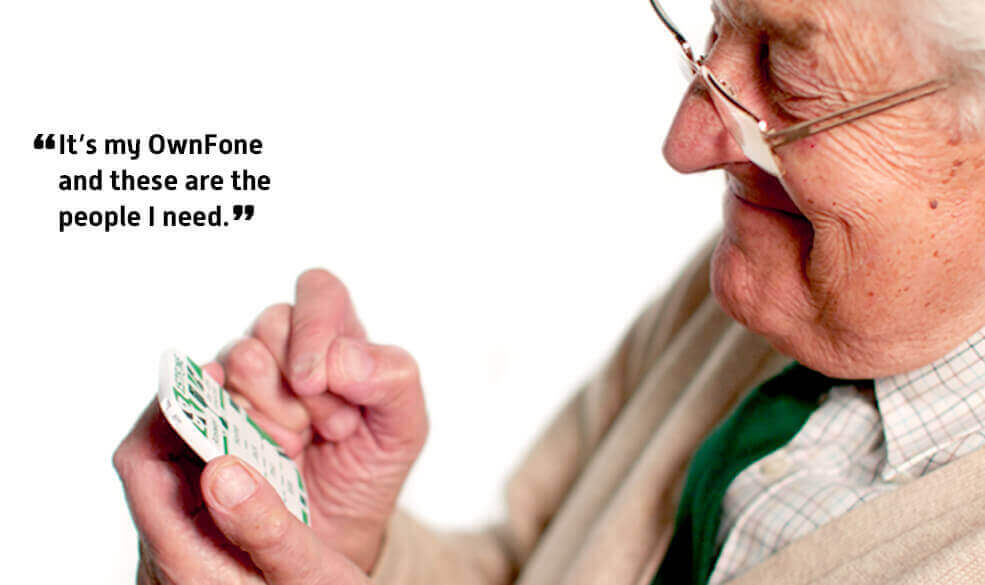Why you should read this: because the iPhone is awesome… but it is just not as innovative as it used to be.
Most people see 3D printers as a new exciting means of production for in-house use, but we shouldn’t forget the amazing new possibilities that open up in the mass-production industry and especially in a new segment called modular electronics. While production-grade 3D printers are still expensive, there may soon be new implementations, such as 3D Systems’ Fab-Grade 3D printer, that promise scalable mass production abilities at high precisions and rates. With the system currently in development, it is only a question of materials quality and durability before we move to actual large scale applications such as smartphones.

Google has already begun the exploration of modular smartphones production possibilities though it Project Ara. The modular smartphone is still in an experimental stage, but things are moving fast and, by the end of 2015, we will hopefully get our hands on preliminary alpha and beta releases of the Ara MDK (Module Developers Kit). The MDK will include full production information like material specifications, thermal protection requirements, CAD files, mount points for the PCB (Printed Circuit Board) and power units casing regulation.
People from around the globe will likely turn to 3D printing as a favorite mean of production for custom, open source hardware smartphones modules, something that could realistically explode the smartphones production and add thousands of new manufacturers into the game!

The Project Ara modules connect to standard main skeleton. They could be a screen, a camera, a laser pointer, or even a night vision sensor. Google said that, in the beginning, it will use traditional manufacturing for casing of the modules, but it is paying a lot of attention to 3D Systems’ progress in order to 3D print future iterations.
Although Google will turn to molding techniques for the production of the early modules, it is generally expected that 3D printing will prevail in the long run thanks to the expected developments on the field. Moreover, 3D printing is a more affordable more effective and open as a technology, so the impact of the first modular phone will be larger if 3D printing will be effectively implemented. More info on this project’s development will be revealed during an upcoming conference in Singapore.
OwnFone: 3D print your own phone

Besides Google’s experimental projects, there are already small companies that have dared to build a fully functioning 3D printed phone. For example OwnFone: although it is far from being a smartphone, it clearly highlights the benefits in terms of customization that users can enjoy from 3D printing.
OwnFone lets customers choose their own design for their mobile phone device and reap the benefits of its simplicity in their daily lives. Suitable for small children, elderly, visually impaired and also as a handy second device, this phone is rigid, light, small and low-priced. People can choose the numbers they want to add, the color or background, keypad type and even add their own photos. It can serve in many situations where smart-phones are just way over-featured and also needlessly power-hungry.

These products serve as a market interest benchmark for other manufacturers and it is very positive that so many people and organizations have endorsed and financially supported them since the very beginning. This can only guarantee that more 3D printed phone manufacturers will hop into the market and more amazing and unique products will soon become available.
License: The text of "Tomorrow’s Phone Will Be Modular and 3D Printed" by All3DP is licensed under a Creative Commons Attribution 4.0 International License.